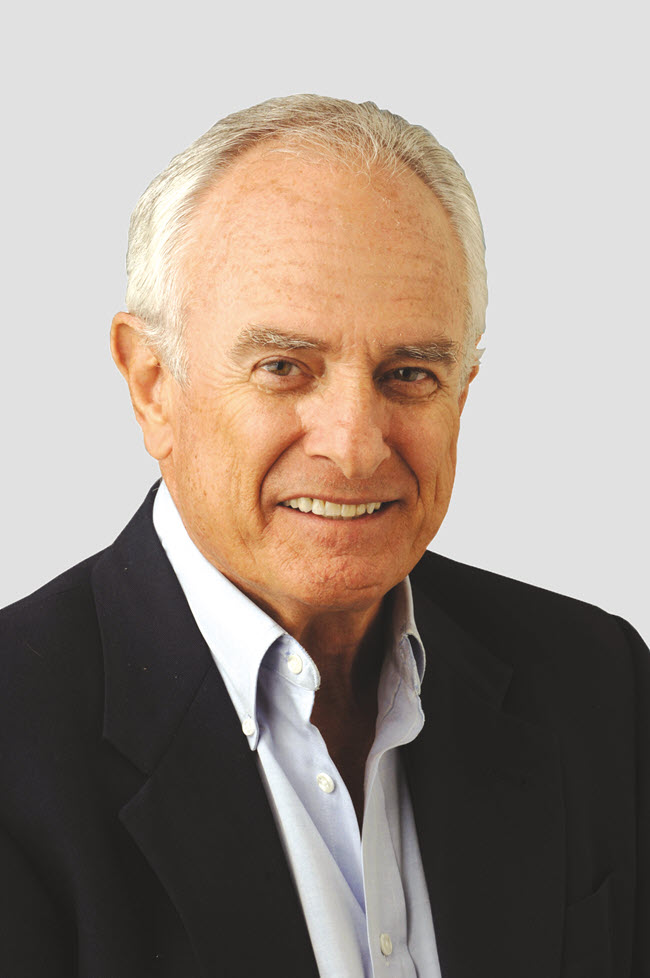
This is the time of the year for graduation—from kindergarten to graduate school—across the country.
High school kids are now in search of jobs, hoping to find those which offer the most remuneration along with invaluable experience. That would be the same for many college matriculates. Then there are those with the good fortune to enroll in a studies abroad program.
That would have been the ultimate if that had been available in my time on campus. Especially if there would have been the opportunity to live with a foreign family.
I have always been fascinated by the concept of the exchange program fostered by Rotary International. Believe it or not, the student exchange began in 1927, created by the Rotary Club of Copenhagen, Denmark.
This was before air travel so the exchange program was restricted to countries in Europe. Rotary clubs in California initiated exchange programs for Latin American countries, but by 1972 the program began to expand to where today; more than 60 countries are involved and 6,000 students participate annually. Young people getting to know their counterparts who have different accents, geography, and mores.
One of the greatest of experiences on the college level is the countless studies abroad programs. Thousands of students will soon head to some distant port for cultural and enlightening opportunities that should enhance their growth as a person.
More than 2,500 students from the University of Georgia will participate in a studies abroad this year which ranks UGA No. 6 nationally in studies abroad participation.
The original program in Athens was founded by the late Jack Kehoe of the UGA art department. He organized the Cortona program in 1970 and his insight into what brought it about can be found on the website today.
His inspiration and far-sighted view confirms that he was a visionary whose mission became extraordinary: “In honest reflection,” he wrote years ago, “one must go back 40 years ago to 1969. At that time, most American universities located their programs in three major cities: Rome, Florence and Venice. Wonderful cultural centers and major tourist destinations. After experiencing a period of living and working in a sculpture studio in Rome during 1966, I observed one surprising factor. The American students took advantage of the museums, galleries, and churches but did not take advantage of Italy’s most important cultural aspect—it’s people.”
Jack became immersed into the community himself. He and his family became adopted citizens by the Cortonese. He was an ambassador whom the citizenry could trust and whom they respected. He and his wife, Marilyn, purchased a flat at the top of the village and chose to get about the enchanting, walled Tuscan village by walking wherever they went. It was good for their health.
The Kehoes became part of the fabric of the community. When the Cortonese elected a Communist mayor, Jack was not fazed one bit. He got along very well with this particular mayor just like he had done with all the mayor’s predecessors.
One university tried to unseat UGA by clandestinely suggesting that a financial consideration might be made available for city coffers if their university could make Cortona their host city.
The Cortonese hierarchy had trouble controlling their repudiating laughter. Jack had ambassadorial qualities that was as good as the best that Washington had to offer in its diplomatic core.
At the outset, he spent his own money to make the Cortona experience the best it could be—a copying machine here, a charter bus trip there. His expertise as an insightful sculptor-professor and his loyalty to the classroom and the students enabled him to develop the signature studies abroad program which other universities envied. Students at other major universities coveted acceptance to the UGA-Cortona semesters. Eventually, its popularity brought about year round classes.
Jack and Marilyn gave of themselves to the fullest and today Cortona is flourishing more abundantly than ever. Jack passed away in 2016, a sad day for the University of Georgia, but his legacy will live forever.
Today, the Cortona Alumni Society numbers more than 10,000, and there is a wait list for the Maymester. The main building which serves as an administrative facility, dormitory and dining hall carries the well-deserved name of, “The John D. Kehoe Cortona Center.” Never has a UGA facility naming been more apropos.
“We came as strangers,” Jack said, “but left as Cortonese.” Now you know the secret to this man’s unparalleled success.

Simply wish to say your article is as amazing The clearness in your post is just nice and i could assume youre an expert on this subject Well with your permission let me to grab your feed to keep updated with forthcoming post Thanks a million and please carry on the gratifying work
My brother suggested I might like this website He was totally right This post actually made my day You cannt imagine just how much time I had spent for this information Thanks